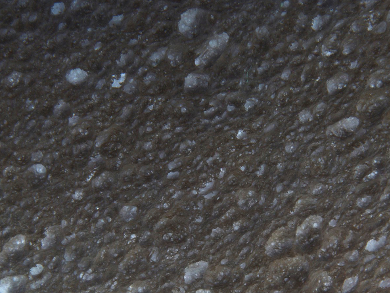Aerogels are ultralight materials that are formed by drying a gel. They can be used, for example, as insulation, catalysts, or absorbers. Usually, sol-gel processes are used to synthesize gels from compounds such as silica, titania, or alumina. However, for aerogels not containing metal oxides or metal sulfides, there a few working examples of such sol-gel processes. Aerogels made from transition metal nitrides, which have promising properties for catalysis and electrochemistry, had not been explored so far.
Rupali Deshmukh and colleagues, Swiss Federal Institute of Technology (ETH), Zurich, have synthesized the first transition-metal nitride aerogel by destabilizing colloidal Cu3N nanoparticles into gels using controlled heat treatment. They first prepared colloidal copper nitride nanoparticles with diameters of about 2 nm. For this, the team used a reaction between copper(II) methoxide and benzylamine as a nitrogen source at 140 °C. Then the nanoparticles were dispersed in acetophenone and subjected to heat treatment at 60 °C. The resulting gelatinous material was transformed into an aerogel using supercritical CO2 drying.
The resulting aerogels have a high surface area of 381 m2/g and an average density of 0.31g/cm3, which is roughly 5 % of the bulk density of copper nitride. According to the researchers, the very porous structure should enhance the catalytic activity of Cu3N.
- Assembly of ultrasmall Cu3N nanoparticles into three-dimensional porous monolithic aerogels,
Rupali Deshmukh, Elena Tervoort, Julian Käch,Felix Rechberger, Markus Niederberger,
Dalton Trans. 2016.
DOI: 10.1039/C6DT01451H




